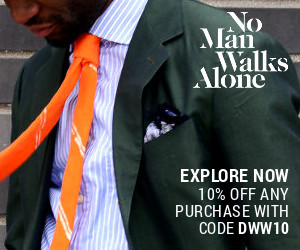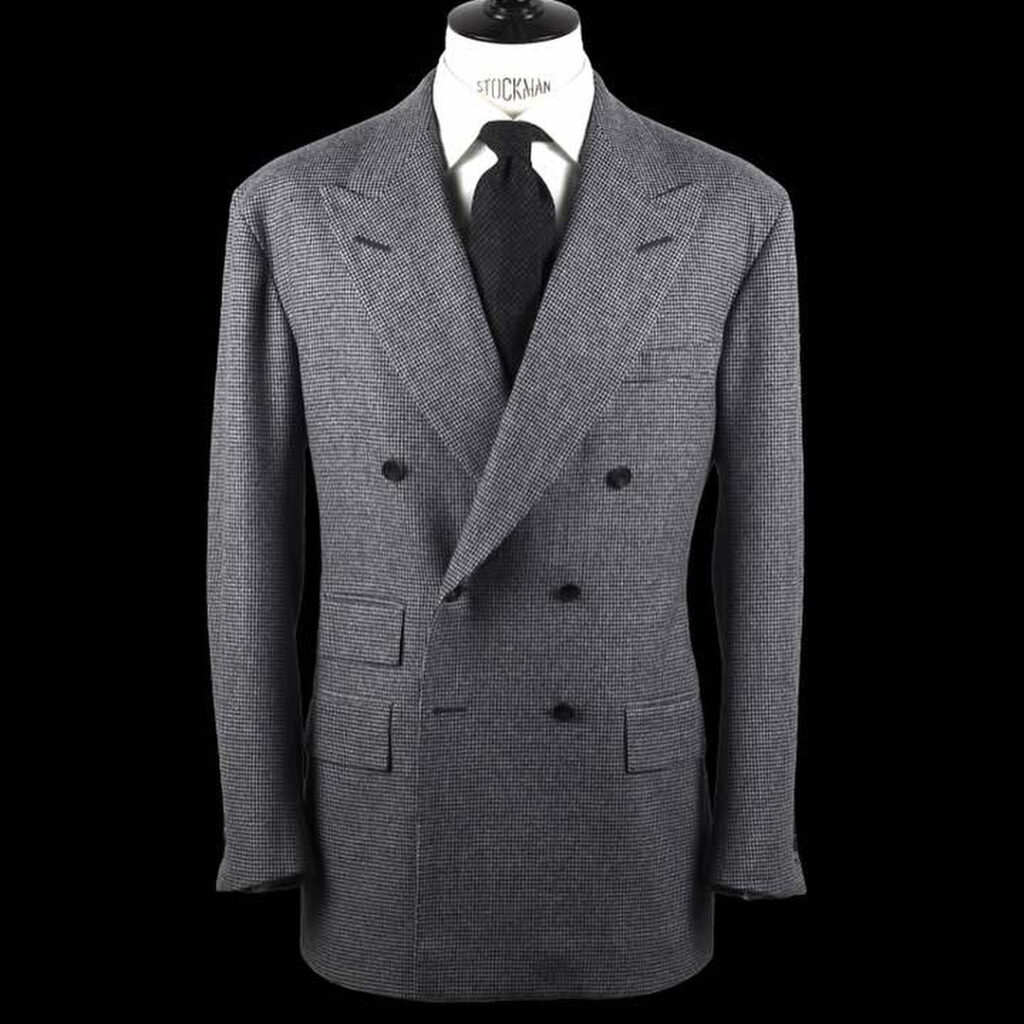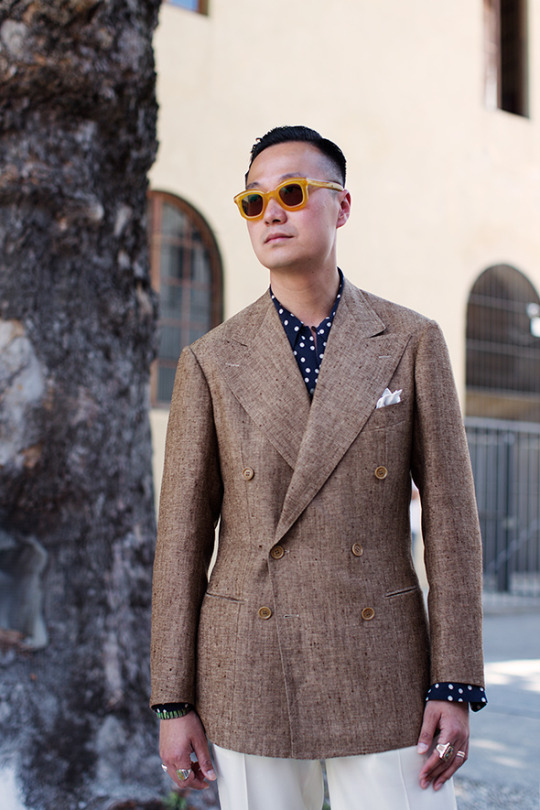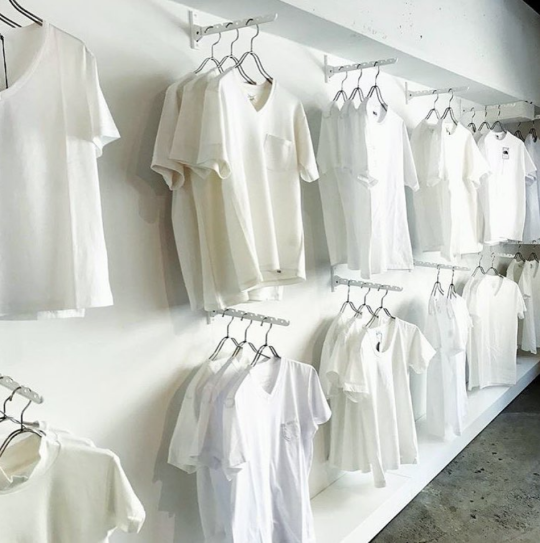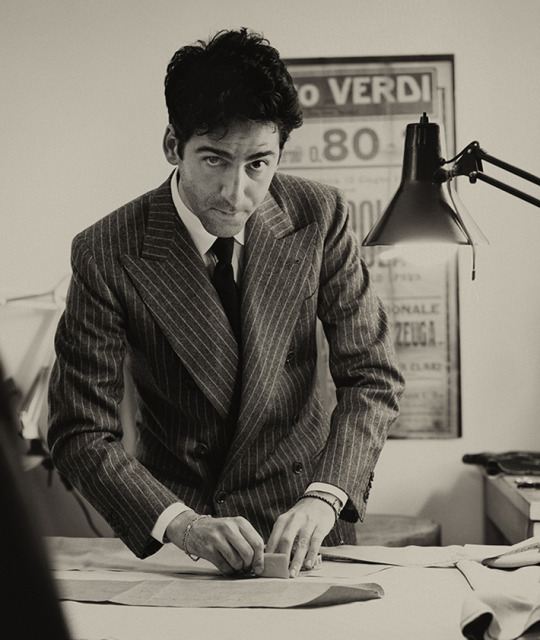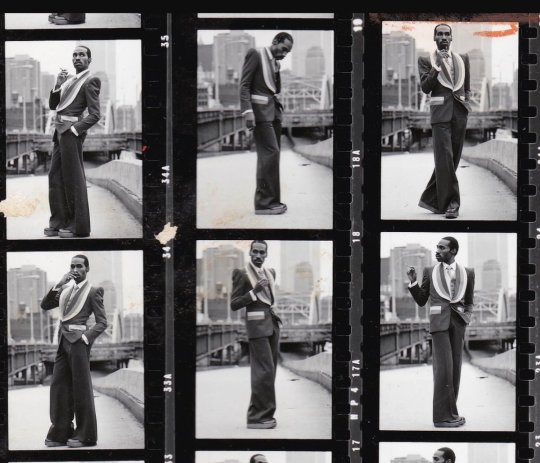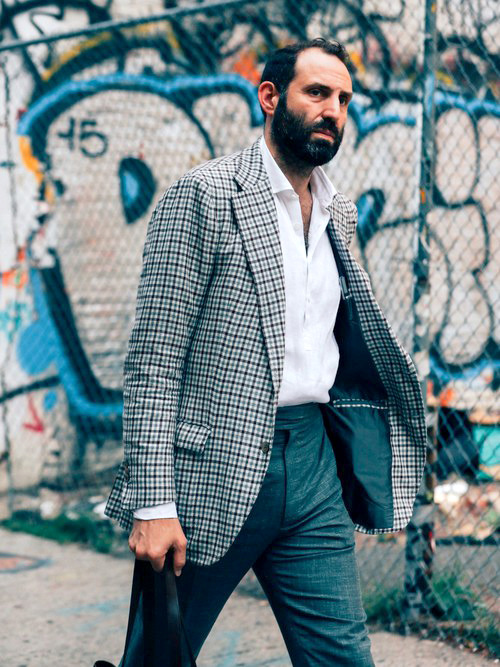
As the world gets smaller, so do our possessions. What may have been that stack of books and papers you’d schlep twenty years ago is now just a few PDF files. The daily newspaper is now online. And your iPod, which used to be a technological wonder that fit your entire music library into the palm of your hand, has disappeared into your phone. My daily carry nowadays is usually not more than my laptop and its accompanying charger – and all that neatly fits into a portfolio, which I think of as a modern briefcase.
Folios are surprisingly uncommon here in the US, but they’re tremendously useful. For one, they’re easier to manage than a traditional briefcase. If you’re running through the city, climbing in and out of cabs, it’s easier to reach into your belongings when you don’t have to fumble through a bunch of clasps or buckles. Plus, unlike a backpack, a folio doesn’t have any straps that could ruin a tailored jacket’s shoulder line.
The downside, of course, is that they don’t carry very much (by design). But who carries more than a couple of electronics nowadays? Lunch gets eaten on the go and I’m not health-conscious enough to carry a water bottle. Plus, leather bags are heavy, which means I only break them out when I need to. Take it from the Japanese, who are often photographed with a folio under their arm. If you’re walking around the city all day, you’d be happy to not have to carry around five pounds of luggage.
Keep reading





